The Streaming Re-Bundling Is Happening
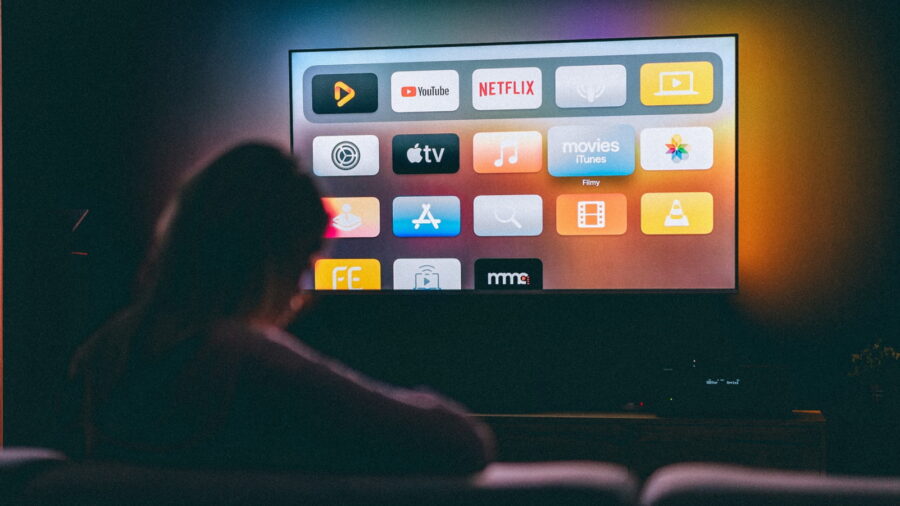
Streaming re-bundling, the process of streaming services recreating classic cable programming bundles, is now a verified trend. The companies that own these services are combining their subscriptions for customers, just like cable companies used to with channels. Questions over whether this practice will be good for consumers and if it will be successful remain, but there’s no longer any question about whether it’s happening.
Return Of The Bundles
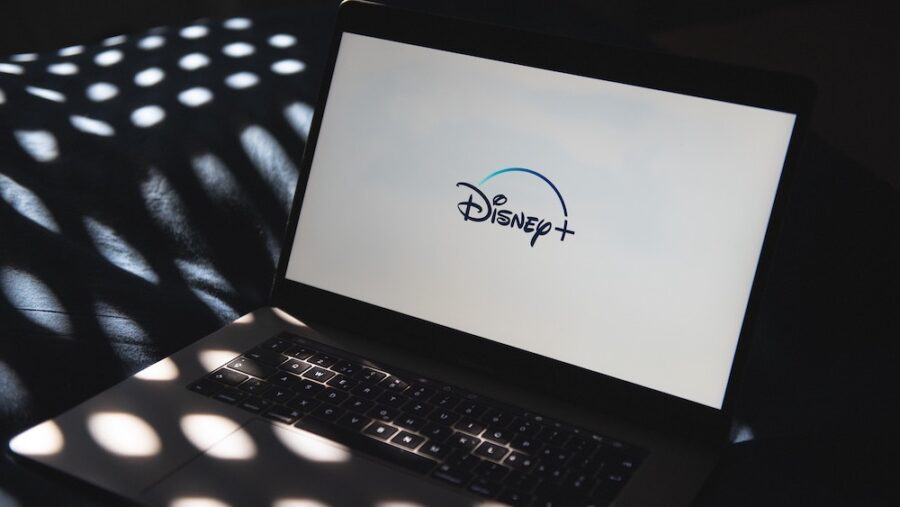
In the days before streaming dominated, cable was the main way people watched TV. Customers purchased plans based on large groupings of channels, essentially subscribing to groups of channels. Re-bundling is recreating this by combining several services rather than purchasing each independently.
Some of this streaming re-bundling began with corporate consolidation, particularly from Disney. With Disney owning Disney+ and ESPN+ it made sense for the company to offer these two services together while also allowing the sports-centered service to remain purchasable separately. When Disney acquired Fox, an acquisition that included Hulu, in a roundabout way, they treated that service in the same way, creating the Disney Bundle, which comes with all three services.
Rivals Are Coming Together
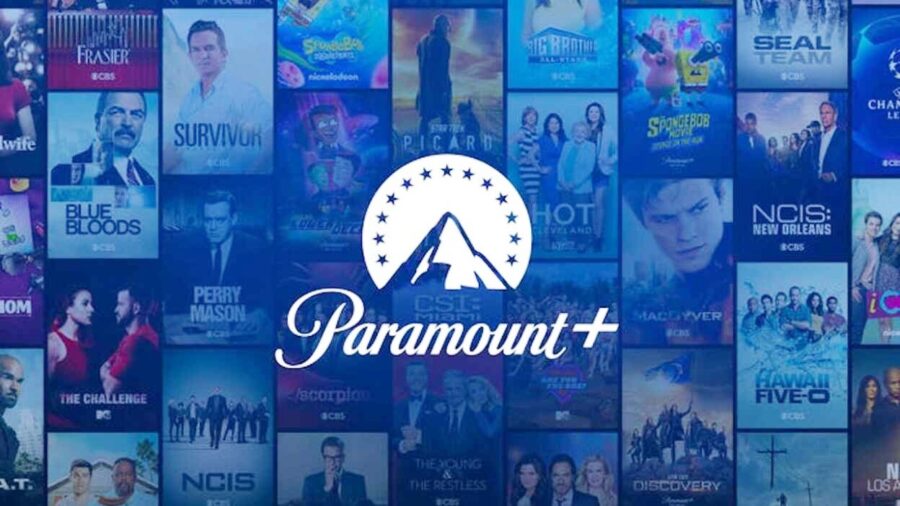
Paramount is now seeking partnerships to do the same with their platform Paramount+. While no official bundles have been announced, Max was named as a potential partner for the deal, which would be a major step towards normalizing streaming re-bundling. Unlike the Disney Bundle, this would be a partnership between services owned by separate companies, which was common in old cable packages.
Another major sign that streaming re-bundling is the new norm came back in February with the announcement of Venu Sports, which combines ESPN+ with Warner Bros and Fox sports content. That grouping is particularly noteworthy because sports bundles were a notorious part of the cable model. It also represents a willingness for corporations to work together on these deals.
Recreating Cable
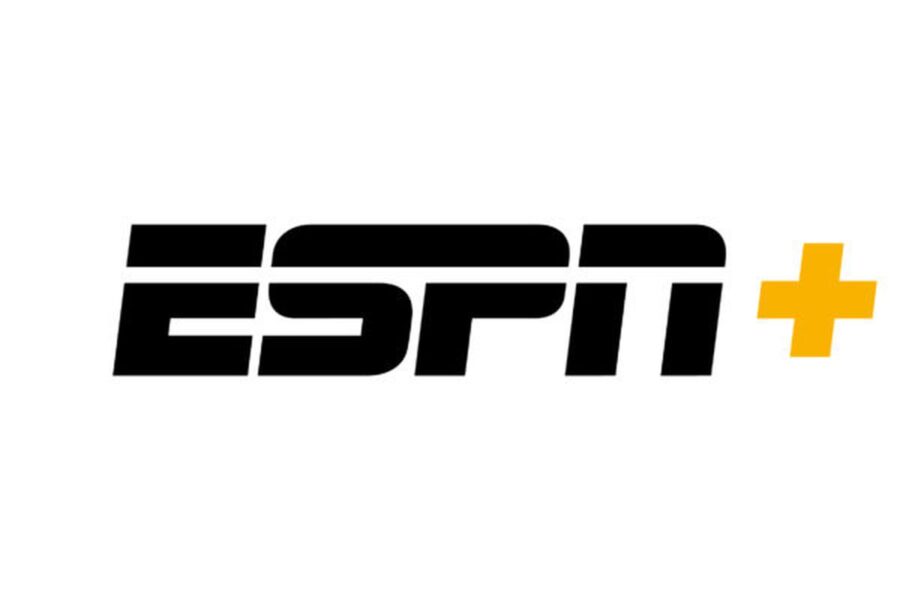
For some customers, streaming re-bundling is an improvement over the current model. Savings and simplification are the big advantages, giving customers a discount and decreasing the number of subscriptions to keep track of. It’s the best of both worlds, giving customers the on-demand convenience of streaming with the simplicity of paying for a single service.
On the other hand, some are worried that streaming re-bundling will recreate the main problem that drove people away from cable in the first place. The main downside is that customers end up paying for services they don’t use. For instance, someone who only watches one sport doesn’t need ESPN+ year-round, but if it’s part of a bundle, they’re likely to keep it all year.
Keeping Customers Hooked
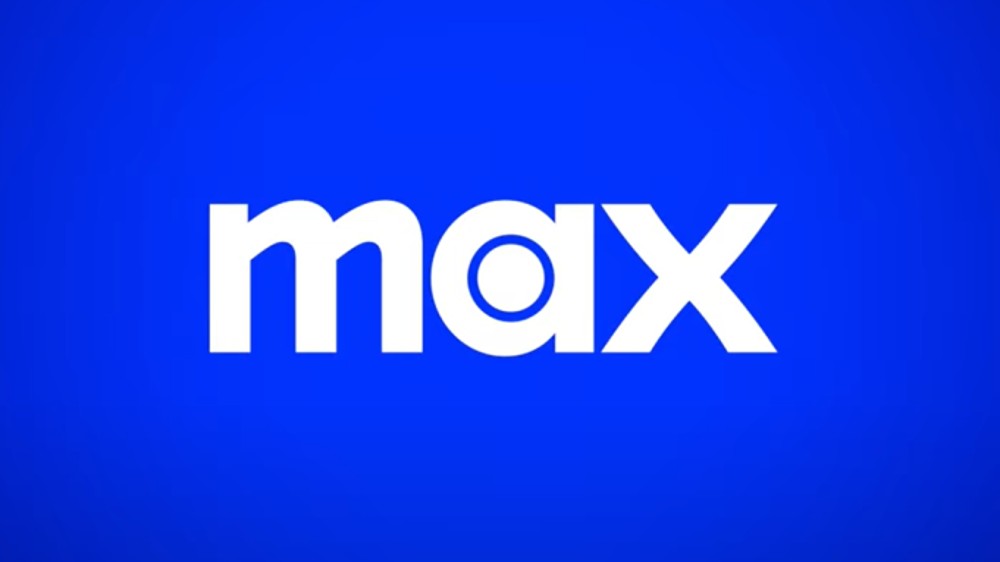
Streaming re-bundling may be questionable from the consumer side, but it makes sense for the companies pushing for it. Subscription churn has become a major problem for companies, as customers will subscribe to a service when new content they want to see comes out, then unsubscribe once they’re done with it. By bundling multiple services, companies hope to keep customers subscribed for longer.
An Inevitable Outcome
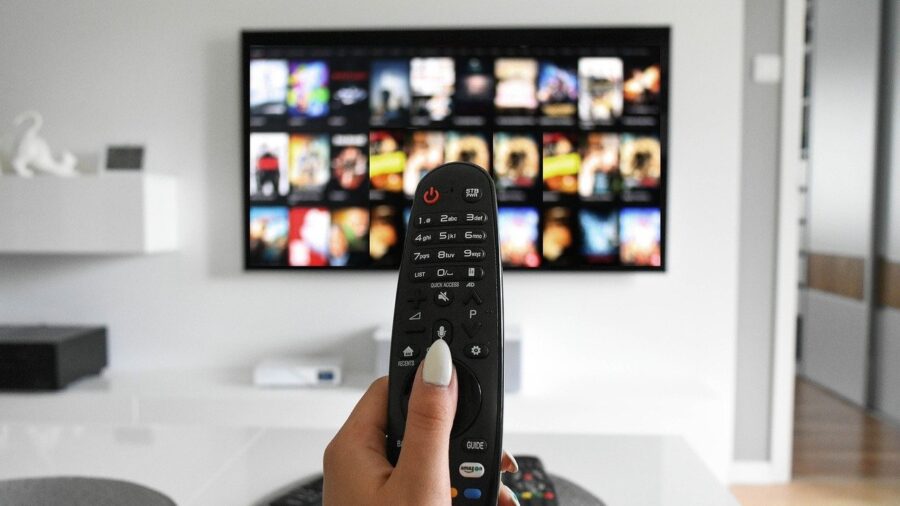
There’s no denying that streaming re-bundling is here, but it’s up to customers to decide if the practice stays. The simple truth is that if customers buy into these bundles, they’ll become the norm, but if they aren’t popular, the practice will die out. It’s odd to see streaming services adopting one of cable’s most controversial practices, but with so many new streaming services coming out, it may have been inevitable.










